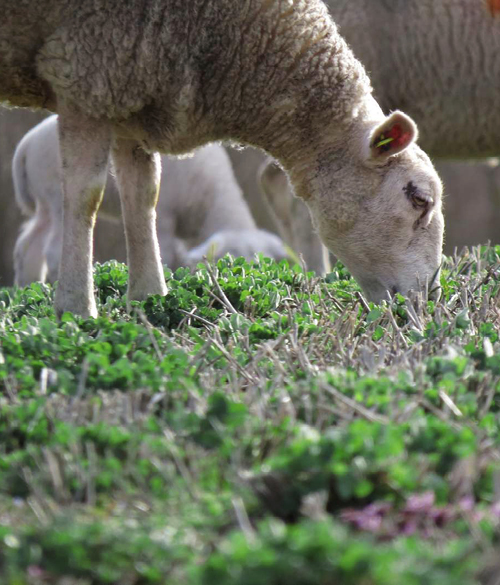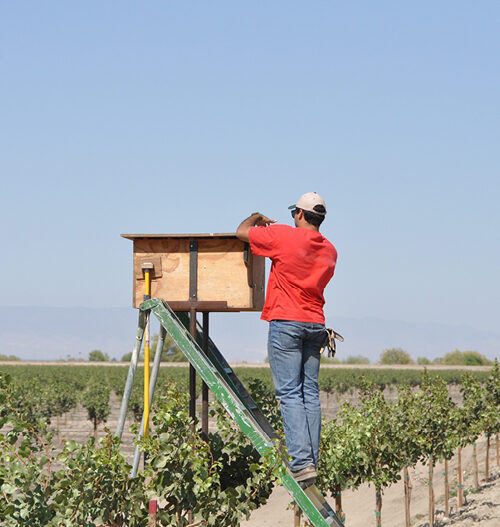Integrating livestock into cropping systems
Keeping animals present in the agricultural landscape is a pillar when farming with nature. From having mainly specialised livestock or crop farms, we are increasingly combining the two on most of our farms with cattle and/or sheep.
By diversifying and reintegrating crop and livestock operations, we reap a lot of benefits:
- Use of marginal lands
- Improved nutrient recycling and reduced fertiliser input
- Less soil disturbance and increased soil fertility
- Use of plant residues and cover crops
- Increase in soil carbon sequestration
- Increase in farm biodiversity
- Resilience
- Living Farms
For further info on each benefit, keep reading.


Use of marginal lands
On most farms, we have areas that are less suitable for crop production due to soil conditions, soil type, topography, etc. Some of these areas are well fit for grazing and raising livestock. Other places, the best option is a combination of both cropping and livestock, where livestock is part of the rotation.
Less soil disturbance and increased soil fertility
Perennial fodder crops and pastures in the rotation provide less soil disturbance and increasing soil fertility. Often, our grain crops are undersown with grass/clover or other legumes to provide nitrogen in subsequent rotations and fodder crop establishment. Grass roots help to build soil structure and soil drainage. And perennial grass in a crop rotation also has a positive impact on earthworm populations.
Use of plant residues and cover crops
Our livestock feed on cover crops, crop residues and waste crops that would otherwise be lost. This way they offer an alternative source of feed, the livestock clean up fields while helping reduce diseases and weeds. We also use livestock to graze seed crops that benefit from defoliation, e.g. white clover. Having these alternative sources of feed for our livestock enhance their nutrition while providing more resting time for our pastures.
Increase in soil carbon sequestration
Crop-livestock integration has the potential to increase soil organic matter. In particular when using rotational and mob grazing management. The livestock assist in efficient residual crop nutrient recycling, hooves help incorporate plant residues, and belowground biomass increases together with soil biological activity. Prolonged soil cover and low soil disturbance have also shown to improve soil carbon sequestration.
Improved nutrient recycling and reduced fertiliser input
Livestock droppings improve soil fertility. Manure from livestock winter housing can be used for field application and/or composting. By combining crops and livestock, the whole farm nutrient balance of imports and exports improves.


Increase in farm biodiversity
Grazing animals inoculate soils with their dung and saliva and there is a wealth of beetles, fungi and other organisms associated with this. The insects and fungi that live in – and of – dung contribute to seed dispersal, break-down of the dung and development of soil structure and nutrients. Further, crop–livestock integration diversifies the overall landscape mosaic, creating diverse habitats which enhance general biodiversity.
Resilience
Crop-livestock integration provides greater flexibility of the whole system to cope with potential climate hazards, crop losses and socio- economic crises. It reduces the risks associated with raising a single product and creates diversification of income options, lower production and energy costs through on-farm production of feed and fertility, and uses of biomass from crops as animal feed, enhancing the overall sustainability of our systems.
Living Farms
We like living farms where people live and thrive. Having livestock on our farms provide year-round activities and support the need for people living on-farm.




